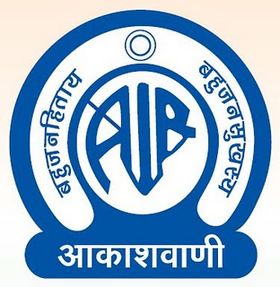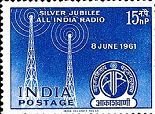SIO 555
Charas has been used across the Indian subcontinent for medicinal and religious purposes for thousands of years,[8] and was sold in government shops (along with opium) during the times of the British India[9] and in independent India until the 1980s when sale and consumption of Cannabis was made illegal in the subcontinent.[10][11]
Charas plays an important and often integral role in the culture and ritual of certain sects of the Hindu religion, especially among the Shaivas — who focus on the Shaivite traditions (in contrast to Vaishnavs who focus on Vaishnavite traditions) —and it is venerated by some as being one of the aspects of Lord Shiva.[12][13]
Despite this long history, charas was made illegal in India under pressure from the United States in 1985 and cultivation and trafficking of charas was prohibited by the Narcotic Drugs and Psychotropic Substances Act (NDPS), 1985.[10][11] Charas was also produced in Nepal and sold in government monopoly stores in Kathmandu until the use of cannabis, and consequently charas, was made illegal in Nepal due to international pressure in 1976.[14][15]
Charas remains popular in the subcontinent and is often used by Indian sadhus for religious purposes.[16][17] The Naga Sadhus, Aghoris and Tantric Bhairava sects smoke it freely as an integral part of their religious practice.[18][16][17] Many smoke it in clay pipes called chillums, using a cotton cloth to cover the smoking end of the chillum and inserting a tightly packed pebble-sized cone of clay as filter under the chunk of charas. Before lighting the chillum they will chant the many names of Shiva in veneration.[19] It is freely available in several places around India especially where there is a strong affluence of tourists.[20] Although charas can be found in several places around India, its manufacturing can be traced only to specific locations in India such as, Parvati Valley, (Kasol, Rasol, Malana ("Malana cream"), Kashmir as well as several other places in northern India.[21] There is also a large amount of charas that is illegally exported across to Europe.[22]
Akashvani formerly known as All India Radio (AIR), officially known since 1957 as Akashvani (literary meaning "Voice from the Sky"), is the national public radio broadcaster of India and is a division of Prasar Bharati. It was established in 1936.[2]
It is the sister service of Prasar Bharati's Doordarshan, an Indian television broadcaster.[3] Headquartered in the Akashvani Bhavan building in New Delhi, it houses the Drama Section, the FM Section, and the National Service, and is also home to the Indian television station Doordarshan Kendra, (Delhi).
Akashvani is the largest radio network in the world, and one of the largest broadcasting organisations in the world in terms of the number of languages broadcast and the spectrum of socio-economic and cultural diversity it serves. AIR's home service comprises 420 stations located across the country, reaching nearly 92% of the country's area and 99.19% of the total population. originates programming in 23 languages and 179 dialects.[4]
| 9620 | ALL INDIA RADIO | 17:30 | 19:30 | 1234567 | Arabic | 500 | 300 | IND Bengaluru |




Aucun commentaire:
Enregistrer un commentaire
Save a comment
Please indicate in your comment your amateur radio callsign, swl, or your email